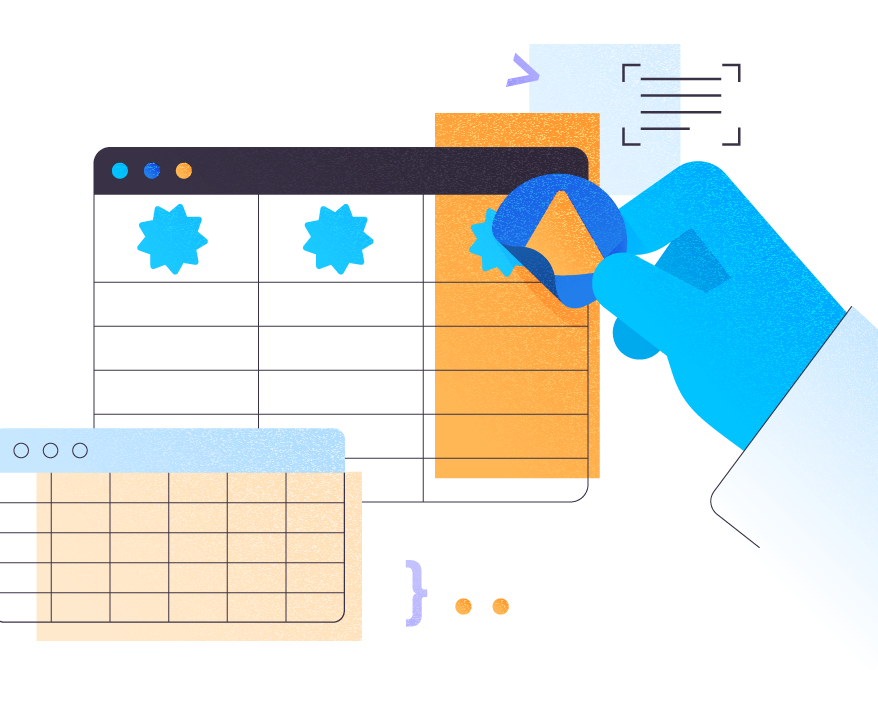Understanding GROUPING and GROUPING_ID Functions in SQL Server
The ROLLUP and CUBE operators are used to return results aggregated by the columns in the GROUP BY...
Different Ways to Compare SQL Server Tables Schema and Data
SQL Server provides us with different solutions to replicate or archive a database table or tables to another database, or the same...
Jump to Start Test-Driven Database Development (TDDD)
As a rule, we start to develop database solutions by creating database objects, such as tables, views, stored procedures, etc., based on...
Logon Triggers in SQL Server
A logon trigger, as the name suggests, is a trigger that fires in response to a LOGON event in SQL...
Exploring SQL Server 2016 Query Store GUI
Introduction Query store is a new feature, introduced in SQL Server 2016, that allows database administrators to historically review...
Performing Data Changes Audit Using Temporal Table
SQL Server 2016 has introduced a feature called ‘System versioned temporal table’. Using normal table, you can retrieve current data;...
Difference Between Inline and Out-of-Line Constraints
Constraints on tables and columns allow you to enforce the data quality. In SQL, there are two...
SQL Server TempDB Monitoring by Using Dynamic Management Views (DMV)
What is TempDB in MS SQL Server? TempDB is a system database in Microsoft SQL Server used as a store of internal objects, row versions,...
Art of Isolating Dependencies and Data in Database Unit Testing
All the database developers more or less write database unit tests that not only help in detecting bugs early but also save a lot of time...
Unleash the Power of SQL Pivot and Unpivot: A Complete Guide to Data Transposing Techniques
Data manipulation is an essential skill for anyone working with SQL databases. It allows you to...




